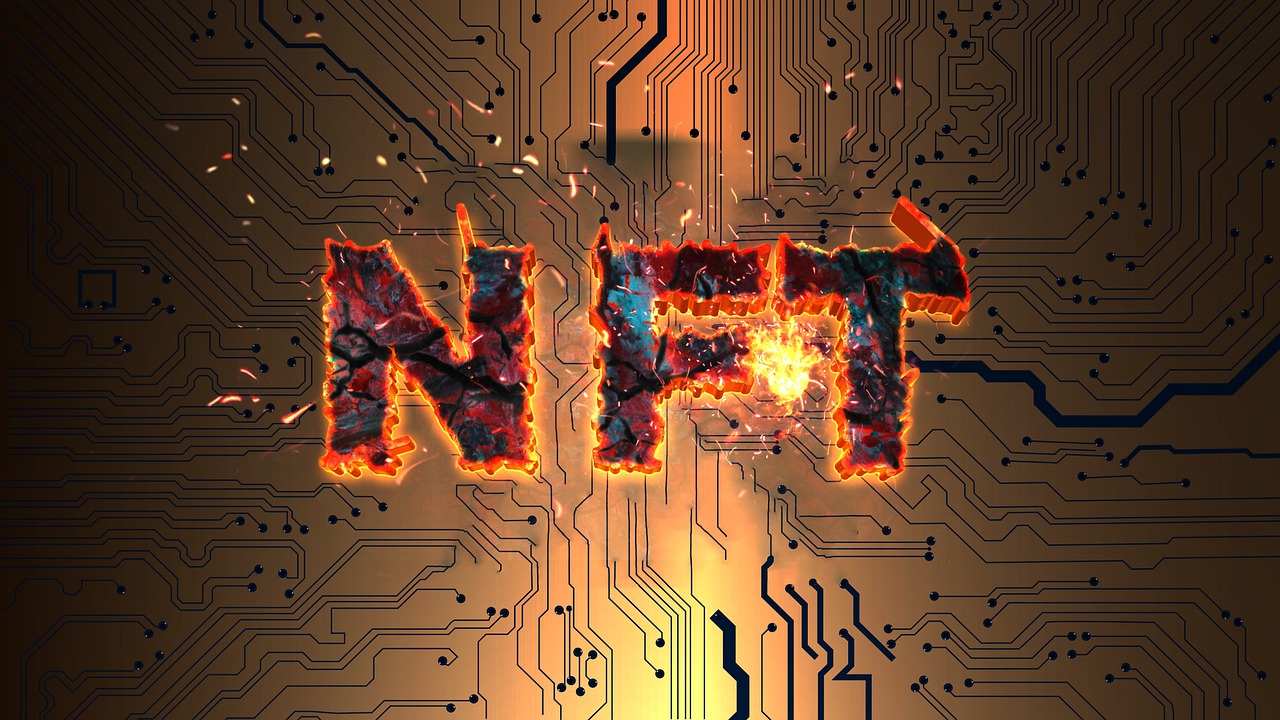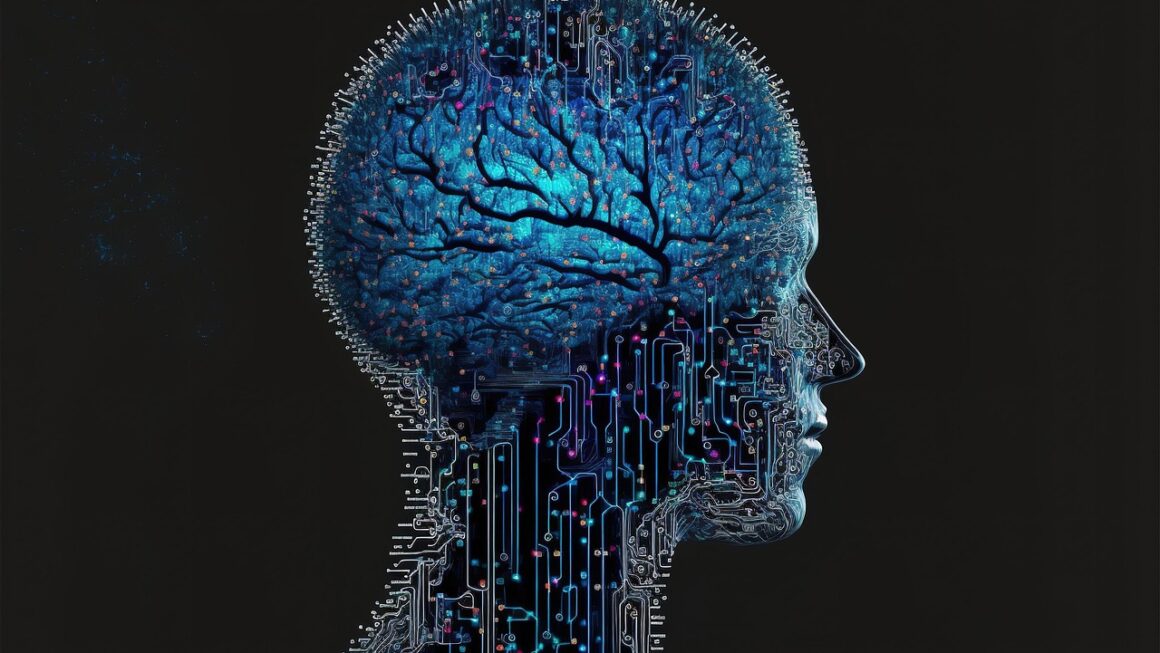NFT collections are revolutionizing the digital art and collectibles space, offering a new way to own, trade, and interact with unique digital assets. Whether you’re a seasoned crypto enthusiast or a curious newcomer, understanding NFT collections is crucial for navigating this exciting landscape. This guide provides a comprehensive overview of NFT collections, covering everything from their definition and types to how to evaluate and invest in them.
What are NFT Collections?
Defining NFT Collections
An NFT collection is a group of non-fungible tokens (NFTs) that share a common theme, creator, or project. These collections are typically hosted on a blockchain, such as Ethereum, Solana, or Cardano, and each NFT within the collection represents a unique digital asset. Unlike fungible tokens like Bitcoin, NFTs are unique and cannot be directly exchanged for one another. Think of them like trading cards – each card has its own value and characteristics, even if they belong to the same set.
- Common Themes: Collections often revolve around art, collectibles, gaming assets, or virtual real estate.
- Shared Creator: Many collections are created by individual artists or studios.
- Project-Based: Some collections are tied to specific projects, such as metaverse developments or community initiatives.
Examples of Popular NFT Collections
Several NFT collections have gained significant popularity and value:
- Bored Ape Yacht Club (BAYC): A collection of 10,000 unique Bored Ape NFTs, offering holders exclusive membership to an online club.
- CryptoPunks: One of the earliest NFT collections, featuring 10,000 unique pixel art characters.
- Azuki: An anime-inspired collection known for its strong community and aesthetic appeal.
- Pudgy Penguins: A collection of adorable penguin characters that gained traction for its community-driven approach.
- CloneX: A collaboration between RTFKT Studios and Takashi Murakami, featuring 3D avatars for the metaverse.
Types of NFT Collections
Art Collections
Art collections are perhaps the most well-known type of NFT collection. These collections feature digital artworks created by artists and can range from generative art to illustrations to photographs.
- Generative Art: Algorithms generate unique pieces of art based on predefined parameters. Example: Art Blocks.
- Digital Illustrations: Hand-drawn or digitally created illustrations. Example: CryptoDickbutts.
- Photography NFTs: Digital representations of photographic artwork. Example: DRx Cometh.
Collectibles Collections
Collectible NFTs are designed to be collected and traded, often featuring limited edition items or characters.
- Trading Cards: Digital versions of traditional trading cards, often related to sports or entertainment. Example: NBA Top Shot.
- Avatars: Unique avatar images or 3D models for use in online spaces. Example: Bored Ape Yacht Club.
- Memes: NFTs based on popular internet memes. Example: Nyan Cat.
Gaming NFT Collections
Gaming NFTs represent in-game assets, characters, or virtual land.
- In-Game Items: Weapons, armor, or other items used within a game. Example: Axie Infinity.
- Virtual Land: Plots of land in virtual worlds. Example: Decentraland and The Sandbox.
- Characters: Playable characters with unique abilities and attributes. Example: CryptoKitties.
Utility NFT Collections
Utility NFTs offer holders specific benefits or access to exclusive experiences.
- Membership Passes: Access to exclusive communities, events, or content. Example: Flyfish Club.
- Access Tokens: Unlock features or content within a platform or application.
- Real-World Benefits: Some NFTs are linked to physical items or experiences.
Evaluating NFT Collections
Assessing Rarity and Traits
The rarity of an NFT within a collection significantly impacts its value. Rarity is determined by the prevalence of specific traits or attributes.
- Rarity Tools: Websites like Rarity.Tools and Trait Sniper analyze NFT collections to determine the rarity of individual NFTs based on their traits.
- Trait Analysis: Examine the specific traits that contribute to an NFT’s rarity, such as rare clothing, accessories, or backgrounds.
- Floor Price: The lowest price at which an NFT within a collection is currently listed for sale. A higher floor price generally indicates greater demand.
Analyzing Community and Social Media Presence
A strong and active community can drive the value and sustainability of an NFT collection.
- Discord Servers: Join the collection’s Discord server to gauge community sentiment, engagement, and activity.
- Twitter Following: Monitor the collection’s Twitter account to track follower growth, engagement, and announcements.
- Community Engagement: Look for active discussions, fan art, and community-led initiatives.
Researching the Creator and Team
The reputation and track record of the creator or team behind an NFT collection are crucial for assessing its legitimacy and long-term potential.
- Creator Background: Research the creator’s previous work, experience, and involvement in the NFT space.
- Team Transparency: Look for transparent and accessible team members who are actively involved in the community.
- Roadmap and Vision: Evaluate the project’s roadmap and long-term vision for sustainability and growth.
Investing in NFT Collections
Understanding Risks and Due Diligence
Investing in NFTs involves risks, including market volatility, rug pulls (where the project creators abandon the project after raising funds), and liquidity issues. Thorough due diligence is essential.
- Market Research: Research the overall NFT market trends and the specific collection you are considering.
- Risk Assessment: Understand the potential risks and rewards associated with investing in NFTs.
- Portfolio Diversification: Don’t put all your eggs in one basket; diversify your NFT investments across multiple collections.
Strategies for Acquiring NFTs
- Minting: Participating in the initial minting of an NFT collection can offer the opportunity to acquire NFTs at a lower price.
- Secondary Marketplaces: Platforms like OpenSea, Magic Eden and Blur allow you to buy and sell NFTs from existing collections.
- Auctions: Some NFT collections are sold through auctions, providing a competitive environment for acquiring rare items.
Managing and Securing Your NFT Investments
- Hardware Wallets: Store your NFTs in a hardware wallet, such as Ledger or Trezor, for enhanced security.
- Secure Storage: Keep your wallet’s seed phrase safe and offline.
- Regular Monitoring: Monitor your NFT investments for price fluctuations and potential risks.
Conclusion
NFT collections offer a fascinating glimpse into the future of digital ownership and creativity. By understanding the different types of collections, evaluating their key attributes, and adopting sound investment strategies, you can navigate this exciting space with confidence. Remember to conduct thorough due diligence and manage your risks effectively to maximize your potential for success in the world of NFTs.




